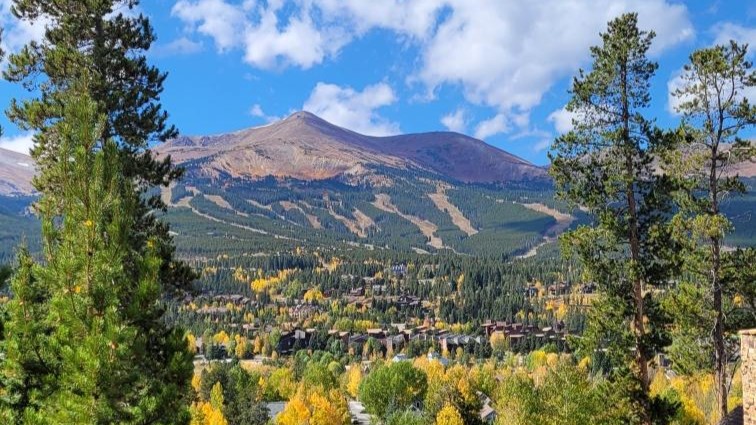As the beautiful fall foliage in Breckenridge, Colorado, gives way to the serene, snow-capped landscapes of winter, preparing your home for the colder months becomes necessary. Nestled in the heart of the Rocky Mountains, Breckenridge is renowned for its picturesque scenery and world-class ski resorts. However, the heavy snowfall and chilly temperatures can take a toll on your home if you’re unprepared. In this comprehensive guide, we provide insights and tips on winterizing homes, making your property – whether a cozy cabin or a luxurious condo – comfortable, safe, and appealing for future sale or rental throughout the snowy season.

Insulation and Heating
A well-insulated home is a fortress against the harsh Breckenridge winters. Begin by inspecting the insulation in your attic, walls, and floors. The Department of Energy recommends an R-value of R49 to R60 for attics in Colorado’s mountain regions. Utilize insulating materials like fiberglass, foam board, and spray foam to enhance the thermal resistance of your home.
Ensure that your heating system is in optimal condition. Schedule a professional HVAC inspection to identify and rectify potential issues. Replace worn-out filters to improve air quality and efficiency. Installing a programmable thermostat can also optimize the heating schedule, reducing energy consumption while maintaining warmth.

Plumbing and Water Systems
Frozen pipes are a common yet devastating issue in the cold climates of Breckenridge. To mitigate this, insulate your pipes with foam or heat tape, focusing especially on those exposed to the external environment. Always disconnect garden hoses and turn off the external water supply to prevent freezing.
Consider installing a water heater blanket to minimize heat loss and enhance efficiency. Setting the heater’s temperature to 120°F is ideal for balancing energy conservation and warm, comforting showers during cold spells.

Exterior and Roof
Snow accumulation on roofs is inevitable in Breckenridge. Regularly inspect your roof for signs of damage, leaks, or weaknesses. Hiring a professional to remove excess snow can prevent structural issues.
Examine the home’s exterior, paying close attention to the siding and foundation. Seal any cracks or gaps with weather stripping or caulking to prevent drafts and the infiltration of cold air. Ensure your gutters are clean and secure, facilitating efficient snowmelt drainage and preventing ice dams.

Landscaping and Outdoor Spaces
Prep your garden and landscape maintenance in Breckenridge for the dormant winter period. Prune trees and shrubs, paying special attention to branches that could potentially damage your home under the weight of heavy snow. Utilize burlap wraps to protect sensitive plants from the biting cold.
Cover outdoor furniture or store it indoors to prolong its lifespan. Snow removal equipment should be easily accessible. Consider contracting a snow removal service or investing in a quality snow blower to keep driveways and walkways safe and navigable.

Emergency Preparations
Breckenridge’s remote mountain location underscores the necessity for emergency preparedness. Assemble an emergency kit containing essentials like water, non-perishable food, blankets, first aid supplies, flashlights, and batteries. Ensure that your home is equipped with functional smoke and carbon monoxide detectors.
You can engage with the local community and stay informed about weather forecasts and emergency protocols. The Town of Breckenridge’s official website and Summit County Alert are invaluable resources for real-time updates and advisories.

Winter in Breckenridge is a spectacle of nature’s beauty, a season that transforms every property into a snowy paradise. With meticulous preparation, homeowners and prospective real estate buyers can relish in the comfort of a warm, safe, and aesthetically pleasing home. Each step taken in winter readiness not only assures personal comfort but amplifies the intrinsic and market value of your Breckenridge property investment.


